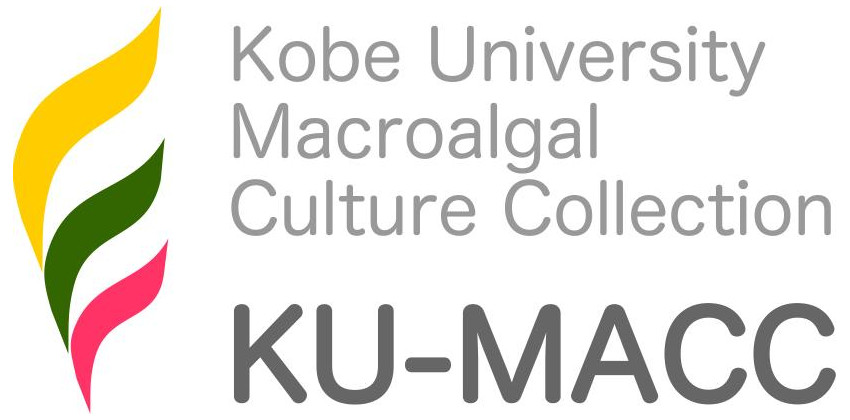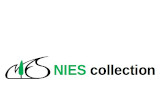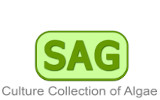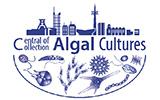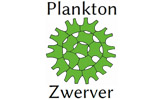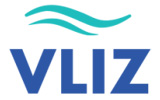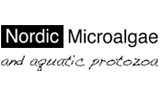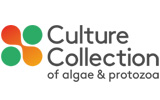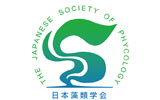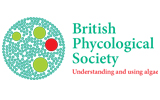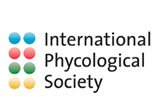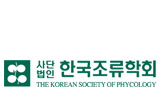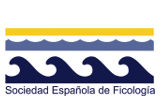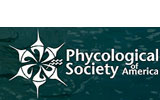Spongites Kützing, 1841
Lectotype species: Spongites fruticulosus Kützing
Publication details: Kützing, 1841: 30
Original publication: Kützing, F.T. (1841). Ueber die "Polypieres calcifères" des Lamouroux. In: Zu der öffentlichen Prüfung sämmtlicher Classen der Realschule zu Nordhausen ... 1841. (Fischer, K.C.F. Eds), pp. [3]-34. Nordhausen: Realschule.
Type designated in: Woelkerling, W.J. (1985). A taxonomic reassessment of Spongites (Corallinaceae, Rhodophyta) based on studies of Kützing's original collections. British Phycological Journal 20: 123-153, 51 figs, 3 tables.
Description: Thalli comprising attached dorsiventral crusts, often with protuberances; or unattached masses of protuberances. Haustoria lacking. Organized into first-order filaments only (monomerous) or both first- and second-order filaments (dimerous). First-order filaments (primigenous filaments) producing second-order filaments (postigenous filaments). Decumbent, arching tiers of cells (coaxial anatomy) and stratified elongate cells (palisade cells) lacking. Outermost walls of epithallial cells rounded or flattened, not flared. Cells in contiguous filaments often joined by cell fusions; secondary pit-connections lacking. Trichocytes sometimes present singly, or in horizontal fields, or vertical rows; occasionally becoming buried below surface. Reproductive cells forming within uniporate conceptacles; columella present or absent. Bisporangia sometimes present. Apical sporangial plugs absent. Gametangia poorly known.
Information contributed by: H.W. Johansen. The most recent alteration to this page was made on 2025-01-13 by M.D. Guiry.
Taxonomic status: This name is of an entity that is currently accepted taxonomically.
Gender: This genus name is currently treated as masculine.
Most recent taxonomic treatment adopted: Athanasiadis, A. (2016). Phycologia Europaea Rhodophyta Vol. I. pp. [i]-xxxxviii, 1-762. Thessaloniki: Published and distributed by the author.
Comments: Some species grow better and are healthier when grazed. Some species (usually as Porolithon) are the main reef-builders on the seaward edges of tropical algal ridges (sometimes in conjunction with Lithophyllum); they are adapted to absorbing great amounts of wave energy and bright light. Some species (as Hydrolithon) are among the deepest seaweeds, dominating reef cover in tropical areas, such as the Hawaiian Islands where 38% of the mean cover at 8-28 m depth. Deepest record of an attached coralline is a population in the Bahamas; genus and species unknown. The name Spongites has not been used much since it was coined by Kutzing. However, recent studies of the type specimen have revealed the nature of the genus and provided the realization that many taxa in other genera belong to a complex of species that should be referred to Spongites. Unraveling the relationships among these species and segregating them into Spongites(or possibly other genera) will be a formidable task.
Nomenclatural note
Spongites vs Spongitis
Below are comments by Wm. J. Woelkerling concerning the nomenclatural aspects of name spelling and gender change involving Spongites and Spongitis:
The procedures in the ICN (International Code of Nomenclature for algae, fungi and plants) (Melbourne Code, published in 2012) for gender and spelling changes to names have not been complied with in the attempt (Athanasiadis 2016: 287) to alter the name Spongites Kützing to Spongitis. The change from Spongites to Spongitis is not in accord with the ICN and should not be adopted.
ICN Art. 62.4 explicitly states that generic names ending in -ites are treated as masculine irrespective of the gender assigned to them by the original author. Thus Spongites Kützing is masculine, and cannot simply be unilaterally "corrected" to the feminine Spongitis.
ICN Art. 60.1 allows for the correction of a series of listed typographical or orthographical errors, but these do not include matters involving gender change. ICN Art. 62.1 deals with the gender of generic names, but gender assignment for the name endings listed in Art. 62.4 takes priority.
The change from Spongites to Spongitis, if warranted, must be made by formally proposing conservation of the Kützing genus as feminine rather than masculine under ICN Art. 14.11, as indicated in Art. 62, Note 2, and concurrently proposing conservation of the spelling Spongitis (feminine) against Spongites (masculine), also under ICN Art. 14.11.
Thus, Spongites remains the correct name and spelling for the Kützing taxon, and any appellations involving Spongitis are "designations" (see definition in the ICN Glossary) that are not validly published in the context of the ICN.
Kützing's use of the name Spongites
Below are comments by Wm. J. Woelkerling concerning Kützing's use of the name Spongites:
In the protologue, Kützing (1841: 30) did not explicitly explain the etymology of the validly published generic name Spongites. However, Kützing presented the name as "Spongites mihi (Plin.)" thus indicating that his name was based on one used by Pliny, presumably Pliny the Elder in his encyclopedic work Naturalis Historiæ, written in Latin. The work comprised 37 books, each with numbered entries of varying length called Chapters.
The English translation of Pliny's Naturalis Historiæ by Bostock & Riley (1855-1857) was searched for mention of the words "spongites" and "spongitis". [The Bostock & Riley translation comprises six volumes and is available in pdf format from the Biodiversity Heritage Library (http://www.biodiversitylibrary.org/)]
Spongites is mentioned in Chapter 35 of Book 36.
Spongitis is mentioned in Chapter 67 of Book 37.
Pliny's characterizations appear to be the opposite of those mentioned by Athanasiadis (2016: 287). Thus, according to Pliny, Spongites is a stone found in sponges, while Spongitis is a name taken from its resemblance to sponge.
Kützing's 1845 book Phycologia germanica was (as indicated on the title page) was written for beginners, and within this book, Kützing provided "common" names for each genus. For Spongites (p. 296), Kutzing's common name was Steintang (stone alga), but Kützing (1845) did not refer to this as the etymology of the name. If Steintang is interpreted in an etymological context, based on Kutzing's 1841 reference to Pliny (mentioned above), Steintang is much more closely allied to Pliny's name spongites (a stone found in sponges) than to Pliny's name spongitis (resembling a sponge).
Thus, in the protologue of the alga Spongites Kützing (1841), Kützing indicates that his algal name is based on one used by Pliny, who applies spongites to a stone found in a sponge.
- (23 January 2017) - M.D. Guiry
Taxonomic note
Neogoniolithoideae A. Kato & M. Baba (Caragnano et al., 2018: 401). - (29 August 2018) - G.M. Guiry
Verification of Data
Users are responsible for verifying the accuracy of information before use, as noted on the website Content page.
Contributors
Some of the descriptions included in AlgaeBase were originally from the unpublished Encyclopedia of Algal Genera,
organised in the 1990s by Dr Bruce Parker on behalf of the Phycological Society of America (PSA)
and intended to be published in CD format.
These AlgaeBase descriptions are now being continually updated, and each current contributor is identified above.
The PSA and AlgaeBase warmly acknowledge the generosity of all past and present contributors and particularly the work of Dr Parker.
Descriptions of chrysophyte genera were subsequently published in J. Kristiansen & H.R. Preisig (eds.). 2001. Encyclopedia of Chrysophyte Genera. Bibliotheca Phycologica 110: 1-260.
Linking to this page: https://www.algaebase.org/search/genus/detail/?genus_id=34621
Citing AlgaeBase
Cite this record as:
M.D. Guiry in Guiry, M.D. & Guiry, G.M. 13 January 2025. AlgaeBase. World-wide electronic publication, National University of Ireland, Galway. https://www.algaebase.org; searched on 30 May 2025
 Request PDF
Request PDF